Masters Hall library set to open soon
A Masters student swims alone in one lane during an afternoon practice.
Sophie Grand, Logan Schiciano and Lance Leys
January 2, 2021
The Pittsburgh Library’s doors are set to open soon after five months of construction––all of which took place in the midst of the COVID-19 pandemic.
The renovation, which also included portions of the first floor of Masters Hall in addition to the library, was designed by New York City firm Marvel Architects, and led by Marvel Architects Director and Masters Project Lead Jennifer Olson. Construction on the project began on May 15th and is currently nearing completion. The construction is being completed by Yorke Construction Corporation and is led by Project Manager Artie Pearsall.
The renovations included a complete transformation of the 6,680 square foot library on the first floor into a state of the art high-tech library and digital resource center. On the ground floor of Masters Hall, the architects remodeled the 2,875 square foot space into a new social lounge, academic administration suite and Tower newsroom.
The effects of COVID-19 have seeped into all components of the project: availability of construction resources, health and safety of workers, donor relations and finances.
Governor Andrew Cuomo implemented Executive Order No. 202.6 on March 18, which designated school-related construction as essential, enabling Masters to start the renovations with proper safety precautions in place and still be on-schedule.
This announcement was crucial for the project, but as the cases spiked in the New York area in May and April, Chief Financial Officer Ed Biddle worried that the timeline of the project might be pushed back.
Biddle said, “As the Covid situation deteriorated in the May and April period in the New York City area, we were concerned. Even though all of our design work had been done and all of the money had been raised for this project, we worried we might have to wait another year to do it [the construction].”
Despite initial worries, the construction began on schedule, and Pearsall and his team were forced to adapt to new conditions of strict social distancing and limitations to the number of personnel allowed on campus.
“Typically, you would want to get as many people as you safely could on site to get as much work done as fast as possible.” Pearsall continued, “We have had to think about along the way making sure that we don’t have too many people in the space.”
Biddle noted the silver linings he found in the construction process. The location of the construction itself was ideal for coronavirus conditions, with easy outdoor access to the library and ground-floor entrances, omitting a need for an elevator.
Biddle said, “In some ways, the type of project and type of building we are renovating made [the construction] more compatible with New York State guidelines.” He explained.
According to Biddle, the construction process was slowed in the latter half of the project’ timeline because of delays in certain material availability. The delays tended to be in highly specified materials that were only manufactured by a small number of shops in the United States, so the construction was dependent on those shops. The upfront materials required to start the project – framing studs, sheetrock and plywood, for example – were readily available.
In order to remain on schedule in light of material delays, Pearsall and his team said they tried to remain flexible and strategic in their planning.
Pearsall said, “Our goal throughout the project was to be as nimble as possible in terms of sequencing things and look to expedite things wherever possible.”
The cost of the total renovation, funded by current members and alumni of the Masters community, was filled before the start of the construction, so the economic fallout of the pandemic had little effect on the funding. The donor gifts to the school were specifically earmarked for this project, according to Director of Institutional Advancement Seth Marxs, who worked to raise funds to make these spaces possible.
“People have really jumped in to support Masters at this moment, understanding how these spaces and these renovations will enable optimal teaching and learning, and we have had really good support,” he said.
The donors and task force members are kept in a tight loop with details of renovation and exclusive progress photos of the space. In previous projects, like the renovation of the Fonseca Center, donors were toured around the spaces, but the pandemic has forced Marx, Pearsall and the rest of the team to shift their approach to sharing videos, live streams and virtual walkthroughs with the donors.
“Hard hat tours are really an essential part of any construction project because you want your stakeholders to see what’s happening, and get a glimpse into what the end product is going to be,” Pearsall said. “That is very important for a donor.”
The spaces are nearing readiness and construction is coming to a close. The final step before the doors open is to review with members of the health advisory team exactly how to safely launch student use of the library. Biddle reported that this step has not taken place yet, and it “might be premature for us to say a date.”
CORRECTION: A previous version of this story mistakenly labeled Mario Cuomo as the current governor of New York. Andrew Cuomo is the current governor of New York. This error has been corrected.



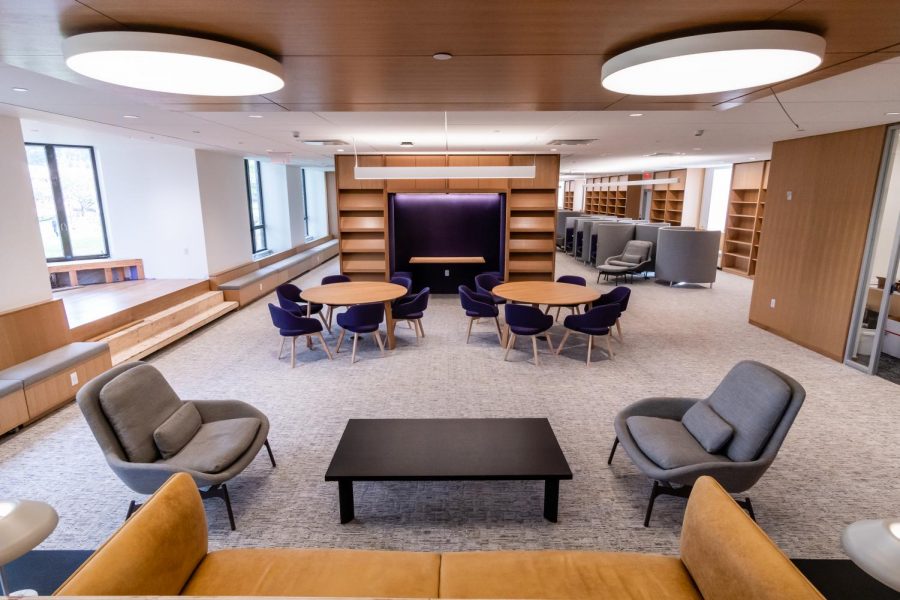
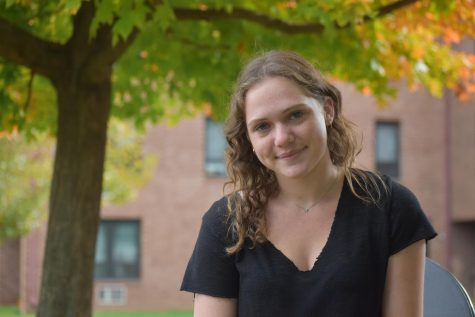

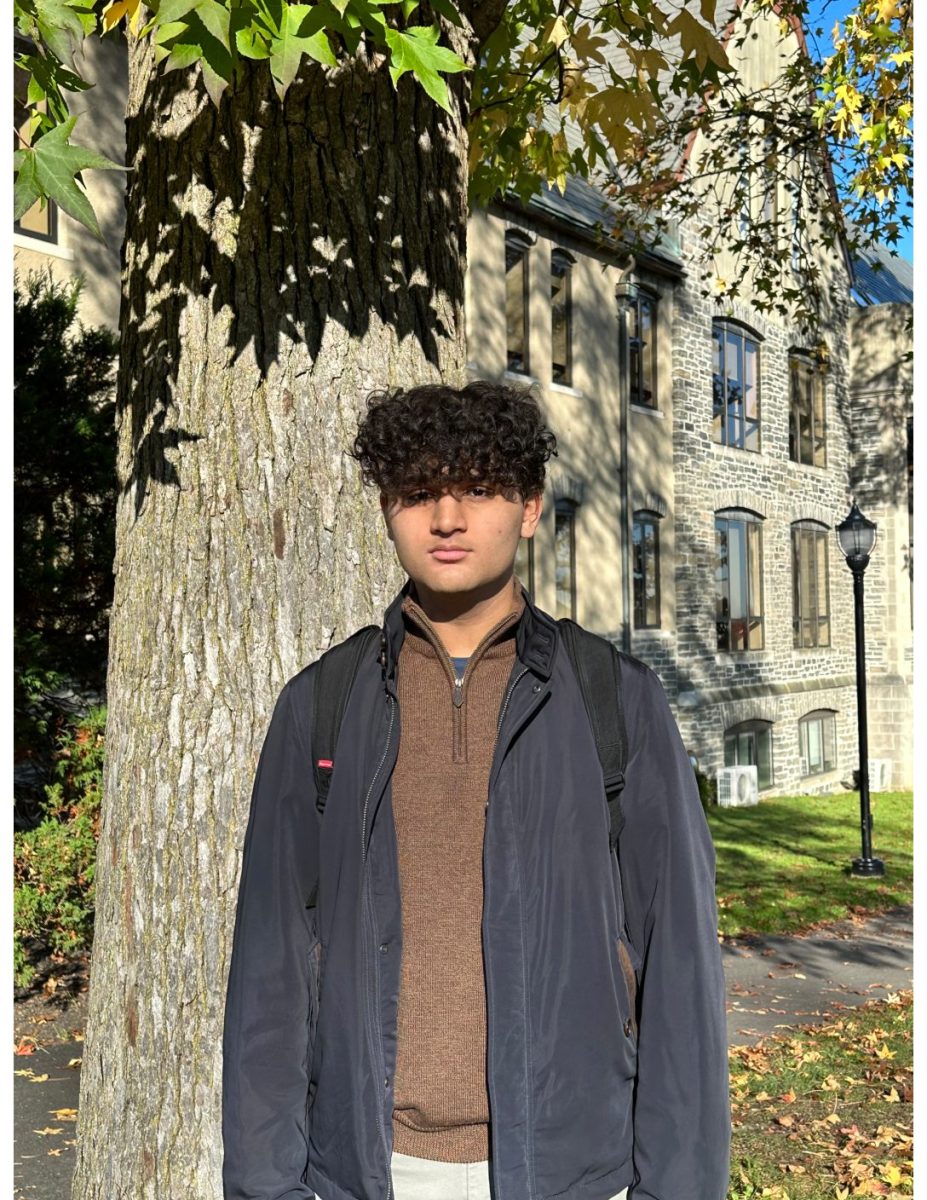







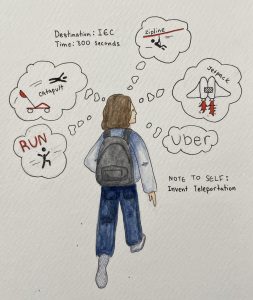

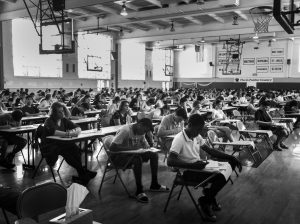


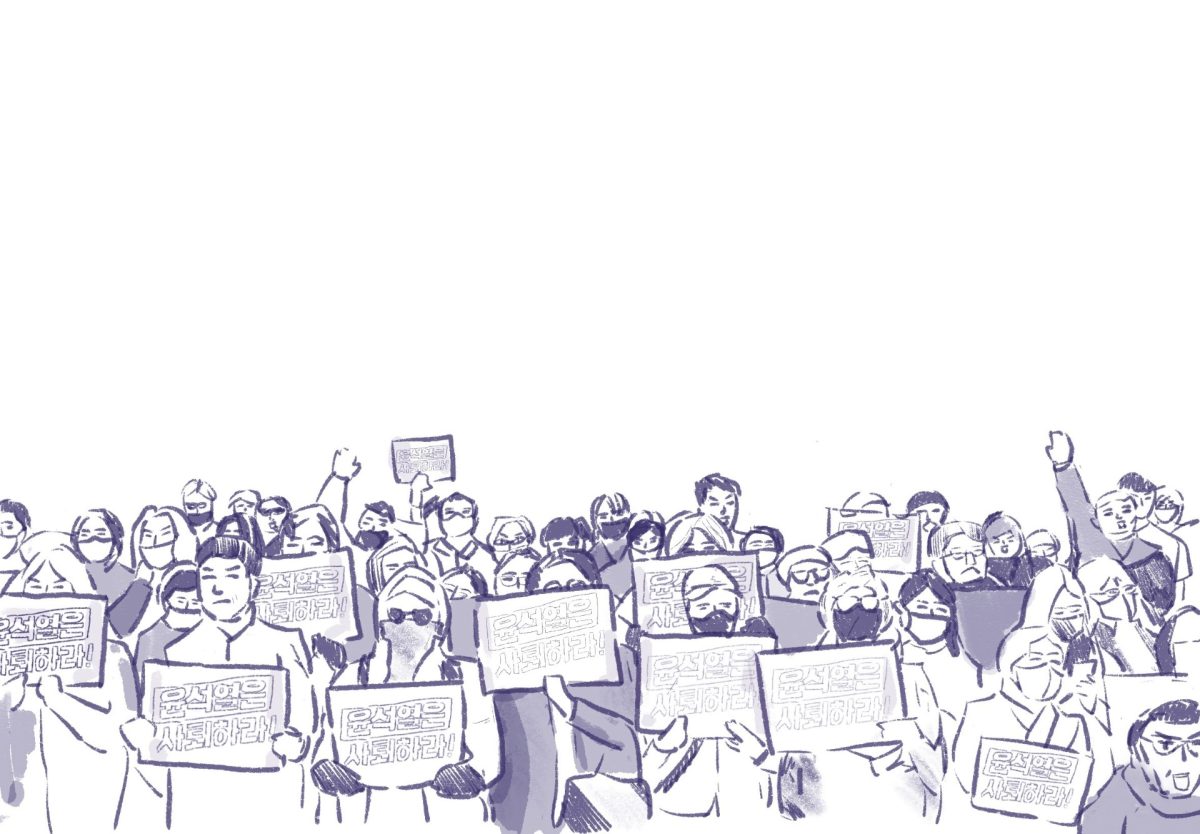
Shaun • Jan 6, 2021 at 12:27 AM
The governor of New York is not Mario Cuomo.
Logan Schiciano • Jan 6, 2021 at 12:26 PM
Thank you Shaun. We’ve made the correction.